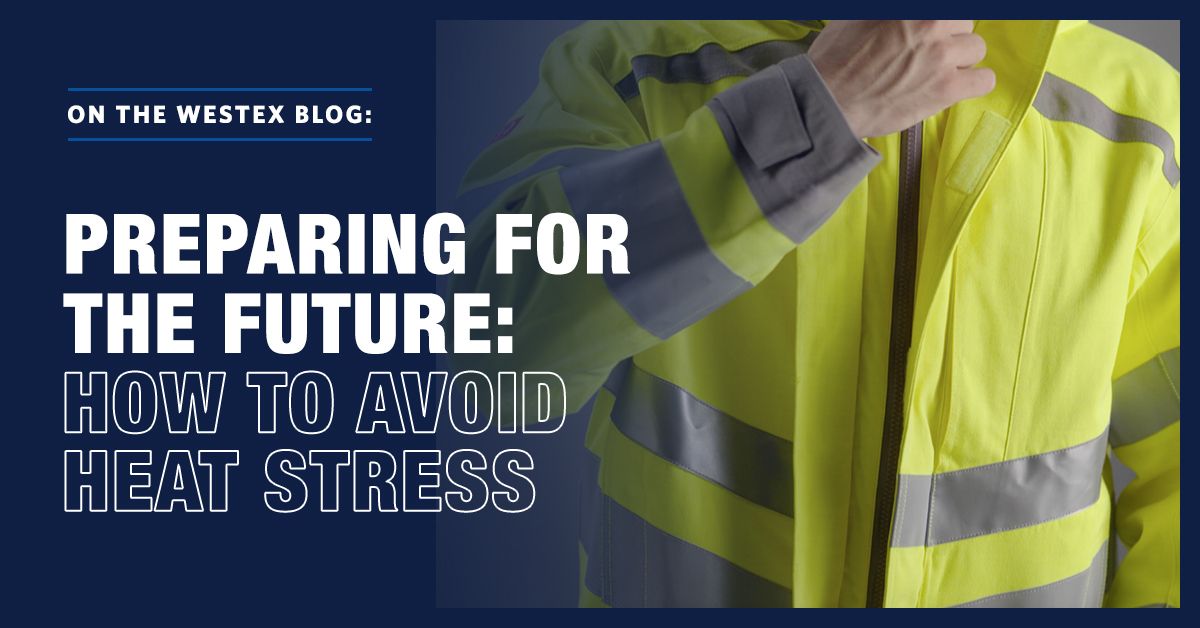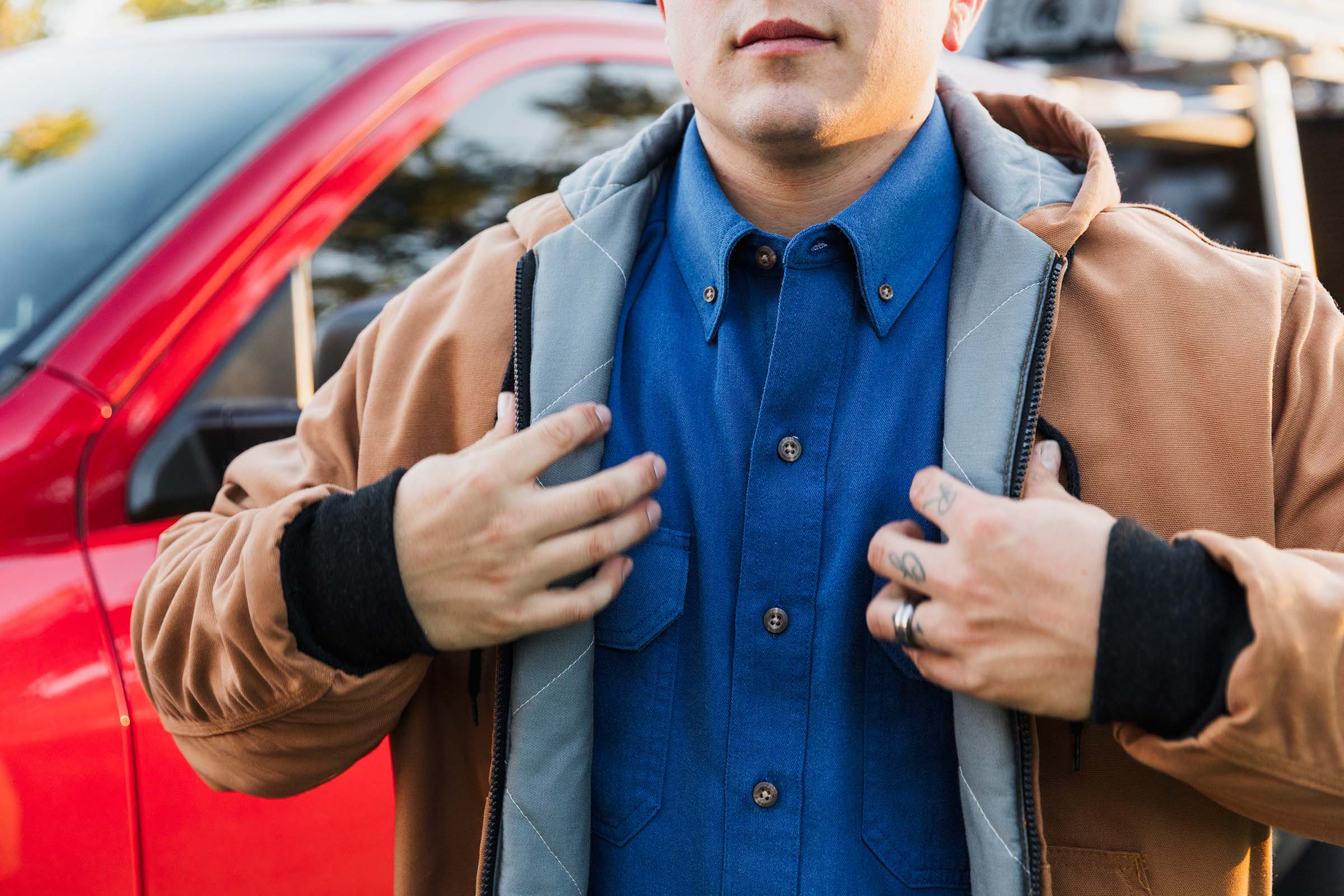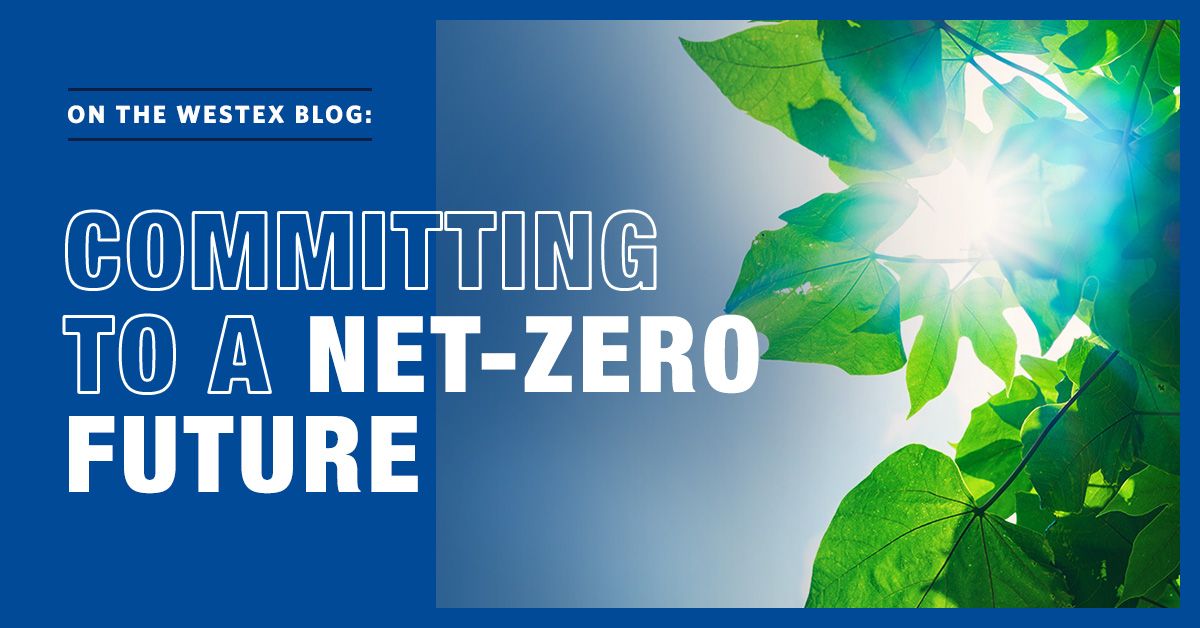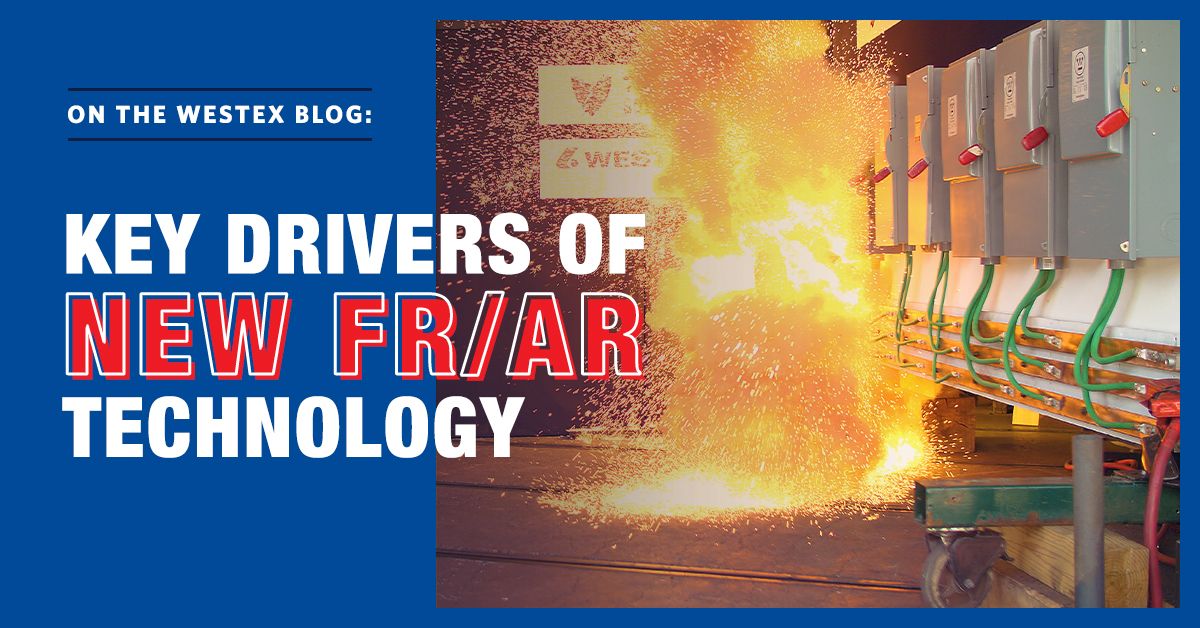
Preparing for the future: how to avoid heat stress
EMEA 22 Sep 2023
Across Europe, there is an upward trend in the number of days this summer where maximum heat stress falls within the categories of ‘strong’ and ‘very strong.’ In southern Europe – countries such as Greece, eastern Spain, Sardinia, Sicily, and southern Italy - experienced temperatures above 45°C by mid-July. How do you prioritise comfort versus protection in these hot conditions when it comes to the clothing you and your employees wear in typical, yet potentially dangerous, situations?
What is heat stress?
Heat stress refers to the environmental impact on the human body, accounting for temperature, humidity, wind speed and other related factors. Data for summer 2023 shows that large parts of southern Europe saw up to 10 days of ‘very strong heat stress’ by mid-July. Southern Spain experienced up to 30 days of ‘very strong heat stress.’ Previously, southern Spain had 50-60 days of very strong heat stress, and in some small areas, up to 70 days throughout the summer. As the climate warms, Europe is likely to see an increased number of days with very strong heat stress; how do we deal with it without constantly revising the clothing we give to our employees?
How can you measure comfort?
The relationship between comfort and heat stress is a misunderstood matter in the technical textiles industry. For flame retardant (FR) protective apparel, the make-up of the garment is decided by the hazards you want to protect against. Comfort needs to be taken into account but there are questions because comfort can’t be measured in the same way we measure fabric weight, breathability or wickability.
Jerry Moris, Westex market manager, says, “We can’t conduct lab-controlled experiments defining comfort because it’s so subjective. However, heat-related illnesses including heat stroke, heat rash, exhaustion and cramps are medical emergencies with potentially life-affecting results and this can’t be ignored as temperatures rise in summer. It’s critical for procurement managers to understand a few basics when working in hotter, seasonal temperatures.”
Now, let’s compare them.
Comfort
It is important to note that comfort isn’t the result of a single property of the fabric but rather a combination of factors. Once you’ve taken weight into consideration, the main factors involved in comfort are:
- Breathability: the capacity of the fabric to let water vapour pass through it
- Air flow: ability for air to pass through the fabric.
- Wickability: the capability of the fabric to transport moisture from inside to outside of the fabric.
- Design elements: some solutions require a vented opening (certified according to flame and arc standards)
Enrico Bonafini of WholeSafety, a manufacturer of protective garments for a wide spectrum of industries, comments, “How comfortable something is to wear is not linked solely to the weight of the fabric. All the above mentioned factors contribute to comfort. A good garment manufacturer will balance fabric composition with the correct weight and marry this with the correct design delivering the required level of protection for the precise environmental circumstances.”
Combining fabric properties, such as lightweight and high breathability, still doesn’t hit that sweet spot when outdoor temperatures rise. How lightweight and breathable a fabric is only begins to matter when combined with other properties. Properties like a soft hand, excellent moisture management, correct fit and fabric drape, air flow and ventilation are all solutions that don’t compromise relevant standards.
Heat Stress
In contrast to comfort, which is quite subjective, heat stress is a series of measurable and physiological effects resulting from the body being unable to cool itself down or control its own temperature.
“Good, quality clothing bought at the outset should set your employees in good stead,” says Moris, “but this is just one factor. Frequent rest breaks and hydration are also key.”
What’s next?
So, you’ve purchased wisely, thought-out protective clothing, what else needs to be considered?
- Hydration – water, rest and shade are the three principal recommendations set by the European Agency for Safety and Health At Work. Workers who arrive (and stay) well-hydrated during the day with multiple rest breaks taken in the shade are extremely unlikely to suffer heat stress.
Light-coloured, loose-fitting, breathable clothing - notice that’s ‘light-coloured,’ not light weight; it’s the colour that makes the big difference. Simply put, dark colours are hotter to wear than light colours.
Conclusion
Purchase managers, procurement managers and health and safety engineers (HSE) need to buy wisely so that workers feel comfortable, but they also need enough rest breaks in the shade in order to avoid heat stress and dehydration. A combination of these good guidelines should equip your team for working safely in the warmer temperatures that lie ahead.
Contact Westex for more information on heat stress, comfort or how to combat either issue with your team.


